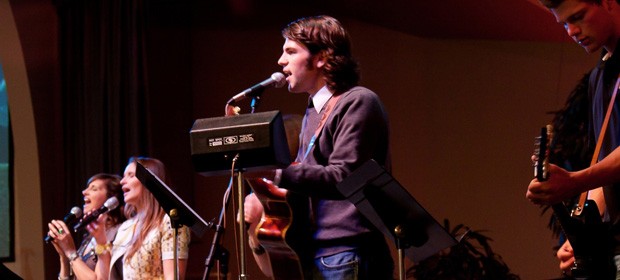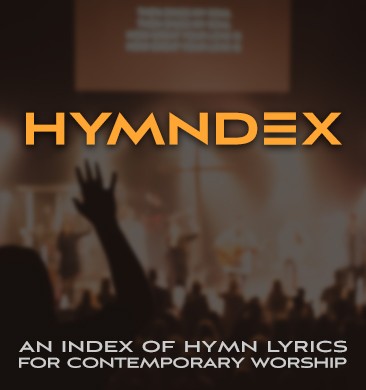I had dinner with some friends the other night – we had formed a singing group around the turn of the century and led worship in churches with some of my songs.
For old time’s sake we gathered around the keyboard and sang our “hits.” One in particular, Grace to You, sounded sweet with their nice 3 part harmony. Everyone remarked on how you don’t hear harmony these days with the current praise songs.
The modern worship songs used in guitar driven churches don’t lend themselves to thick 3 part harmony. The DNA of these songs come from the pop/rock world and are designed to be lead by a male tenor vocalist (with maybe a little backup harmony on the chorus by a female vocalist.)
What’s interesting is that some of my singer friends go to a blended/modern church that’s literally crawling with fantastic vocalists any music director would give their right arm for. I heard their church CD and the talent level sounded like an American Idol greatest hits collection. This church is about 2,000-3,000 in size. Since the worship leader is a great keyboardist I’d guess their songs lean toward being keyboard driven.
In contrast, I can think of several trendy, guitar-driven 10,000ish megachurches that have very little vocal talent – one I know of only has a single great female singer. Why does it seem like guitar driven churches don’t attract a lot of great singers?
Vocalists of a feather flock together: In my area, at least, it looks like gifted vocalists shy away from guitar driven churches and many end up at one blendedish church.
No specials: Guitar driven churches with a rock band format (lead male tenor) sing mainly congregational praise songs and typically don’t do many “specials” (i.e. the latest CCM radio hit) where the congregation sits and listens. And when they do perform a “special” it’s often a cover from a secular rock band… led by a tenor vocalist. Gifted vocalists like to sing specials and will gravitate toward churches that have specials in their worship.
What type of vocals does your church have? Leave your comments below.








